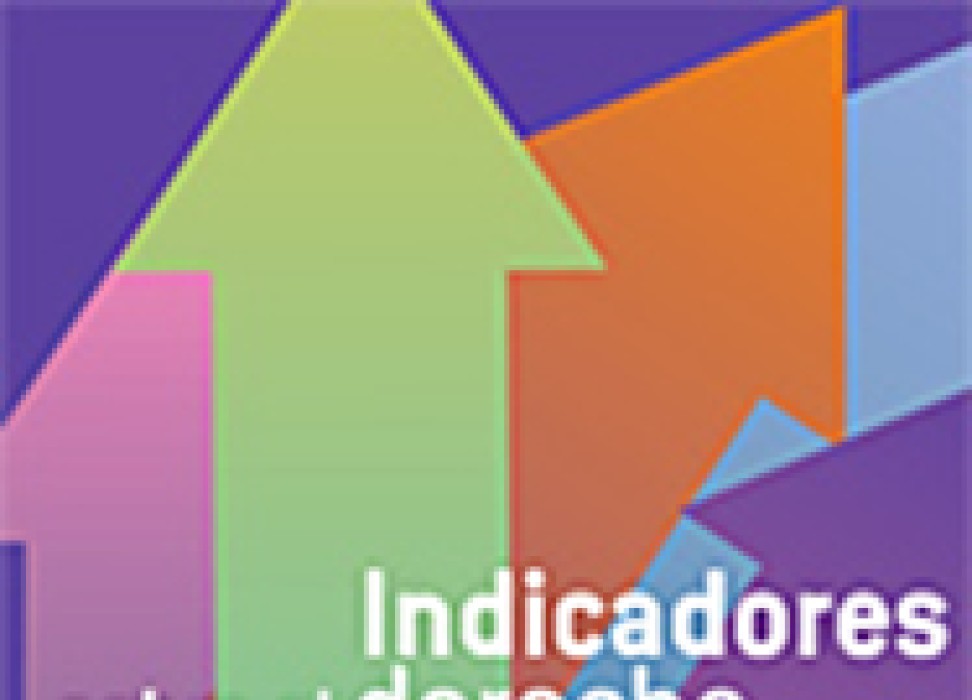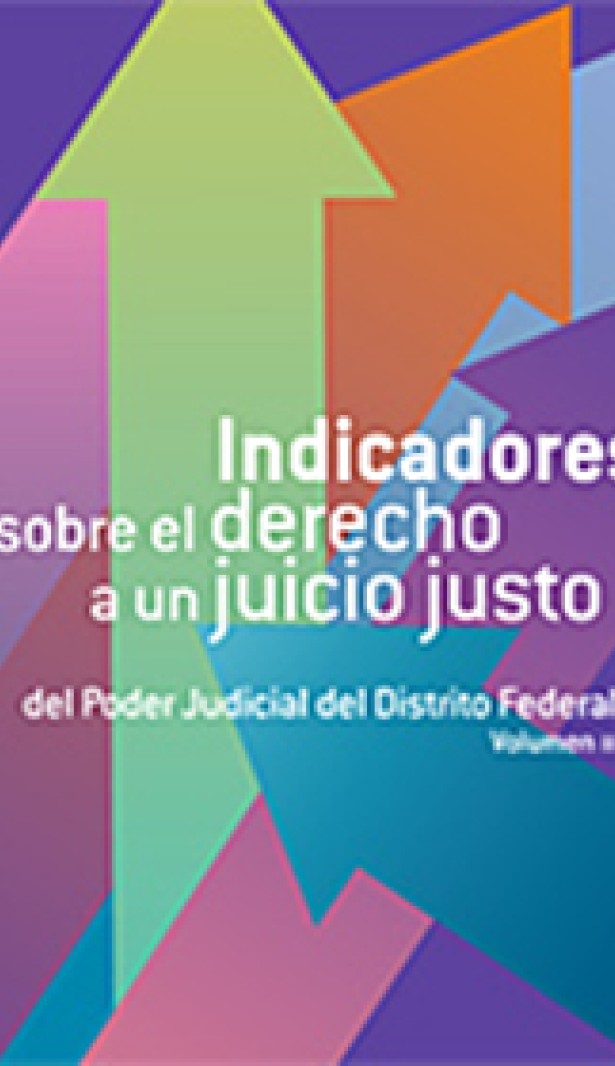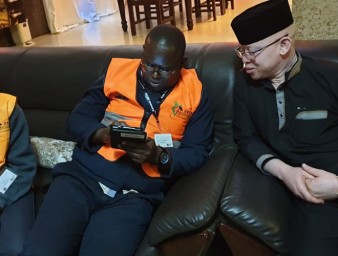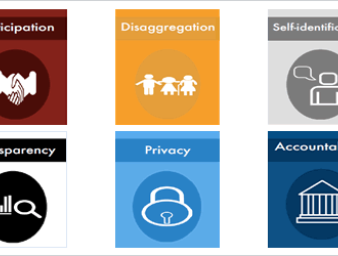Number crunching human rights
19 March 2012

The United Kingdom is the latest country to adopt a framework developed by the UN Human Rights office (OHCHR) which enables assessment of progress in achieving human rights goals.
Introducing its ‘Human Rights Measurement Framework’ in early 2012, the United Kingdom Equality and Human Rights Commission noted that it ‘is not a violations counting system’. In fact, the indicators go beyond the concept of ‘violations’ and ‘minimum compliance, the Commission says and “aim to provide evidence of how human rights standards have been incorporated into broader public policy and the extent to which human rights are enjoyed by people in Britain.”
For a number of years the UN Human Rights office has been developing a framework which offers a structured and consistent approach in translating human rights standards into quantitative and qualitative indicators which are relevant and useful at country level.
Making the case for the development and use of indicators in a 2011 report to the Economic and Social Council, OHCHR advocated for the indicators framework because it offers greater objectivity and transparency in assessing the progressive implementation of rights, especially economic, social and cultural rights. As monitoring of human rights becomes more evidence-based, the report says, so too can governments design and target public policies more effectively.
In Mexico City in November, the UN Human Rights office signed an agreement with the Superior Court of Justice adopting indicators which gauge the realization of the right to a fair trial. The project has been picked up by five other states’ judicial branches. A similar program has been developed with the Ministry of Interior to follow-up and assess the impact of strategies to curb violence against women and to evaluate the work of the National Human Rights Program.
In Nepal the Government has also integrated a number of human rights indicators into its National Human Rights Action Plan and last September, in collaboration with the UN Human Rights office in Nepal launched a ‘Users Guide’ for the Monitoring of Economic, Social and Cultural Rights.
Launching the report, the head of the UN Human Rights office in Nepal, Jyoti Sanghera said the Guide would help ensure an equal distribution of resources including for marginalized and vulnerable group and in the process, address discrimination and equality. Ensuring the enjoyment of economic, social and cultural rights is crucial for a successful transition to peace in Nepal, Sanghera said.
In Mexico, in the UK and in Nepal, the indicators have been adapted in consultations with civil society, government, international organizations, and national human rights institutions to reflect the particular conditions and requirements of each country.
In Britain for example, the Commission realized from the outset that modifications were necessary to ensure the model was relevant in the local context. For example, the Commission says, the application of the death penalty is highlighted in the UN Human Rights office indicators but is not a key human rights concern in the United Kingdom.
Aside from Mexico, Nepal and the UK, the use of human rights indicators drawing on OHCHR’s framework is being replicated in several other regions and later this year, a publication on this tool, covering indicators for economic, civil, social and political rights will be launched globally.
19 March 2012

VIEW THIS PAGE IN:



